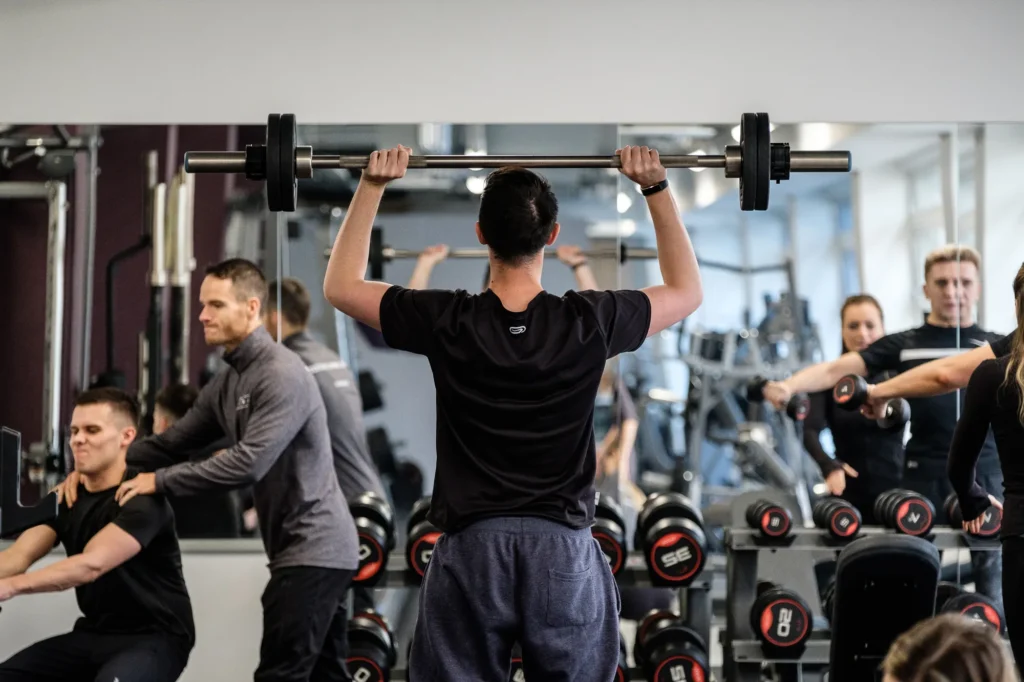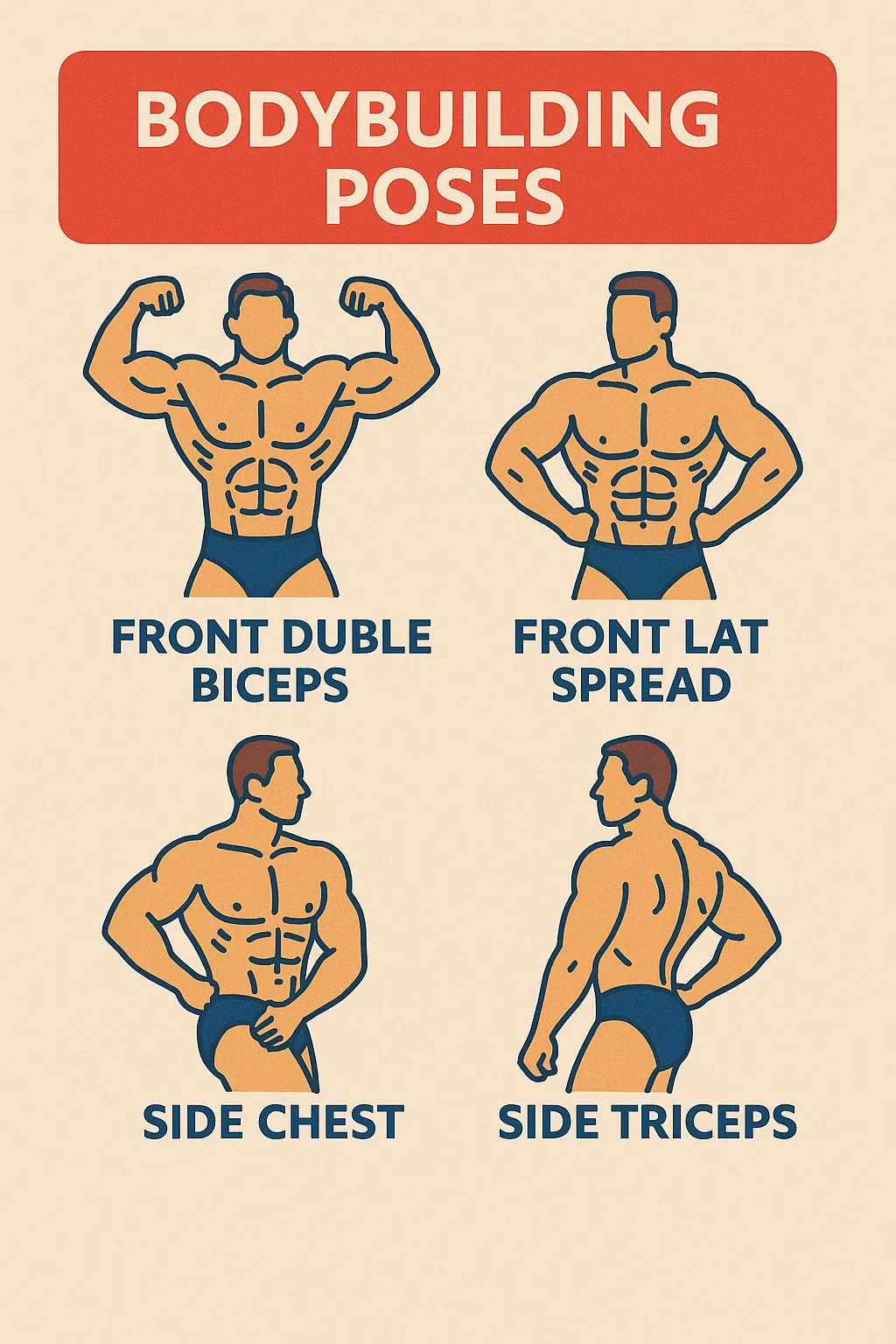Most lifters know how to calculate the percentages of their one-rep max to find what weight to use for their workouts. But if you don’t know your 1RM and still want to make gains, the Reps in Reserve, or RIR method, offers a very accessible way to choose the right weight to suit your training goals.

What is RIR in Gym?
Reps in Reserve (RIR) measures the intensity of a lift by assessing how many more reps you could perform before reaching technical failure (the point at which you can’t maintain good form). This approach is best utilized after you’ve gained some experience with resistance training.
For example, if you are doing a bench press for 10 reps and feel you could have done 2 more with proper form, your RIR is 2. That would mean you had 2 reps left “in the tank.”
This is where using RIR can auto-scale your load based on your preparedness to train such that you still work at a desired intensity with good form. That is a particularly useful method when you don’t have a known 1RM.
Application of RIR to the Different Training Phases
RIR can be effectively used in building muscular endurance, hypertrophy, strength, and max strength exercises. Following is how RIR can be applied across the different training phases:
• Phase 2: Muscular Endurance – Choose 8-12 reps at an RIR of 0-1.
• Phase 3: Hypertrophy – Use 6-12 reps at an RIR of 0-2. Only on the last set, exercise to failure (RIR 0) in the case of single-joint movements; for multi-joint movements, stop at RIR 2-4 so as not to cause too much damage to the muscles.
• Phase 4: Maximum Strength – Take 1-5 reps at an RIR of 1-2; sometimes perform at RIR 0.
• Phase 5: Strength – Do 1-5 reps at an RIR of 2-3; Power – Aim for 8-10 reps at an intensity cap of RIR 4.
RIR vs. Training to Failure
Training close to failure is extremely important for muscular hypertrophy and strength to take place. RIR lets you train hard without actually reaching failure on every set.
While training to failure can be beneficial for max strength goals, training to failure too frequently can create hormonal imbalances and may hurt strength gains due to overtraining.
How to Gauge RIR
New lifters will often need to take some time to get a good estimate of how many reps they have left, and practising with a spotter may help. Experienced lifters will tend to develop over time a pretty good sense but can still make use of this method for practice.
Can RIR Help Increase Your 1RM?
For an effective increase in 1RM, focus on heavy loads with low repetitions. RIR can guide the right choice of intensity. In Phase 4 (Maximal Strength Training), 1-5 reps with an RIR of 1-2 should be performed, occasionally hitting RIR 0.
RIR for Hypertrophy vs. Strength Training
RIR works well for hypertrophy and strength training. The magic lies in using the right rep ranges and intensities for either of your desired goals.
RIR vs. RPE
The RPE describes the intensity of how you feel yourself working, on a scale from 1 to 10. While RIR focuses on additional reps that one could still perform, RPE reflects how much effort it feels like you are using. In essence, this means both can be good for each other in estimating exercise intensity.
The RIR technique allows you to minimize complications in choosing weight and focus directly on your goals, without complicated counting.







